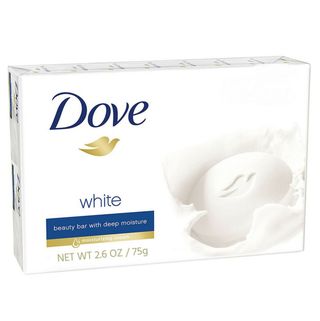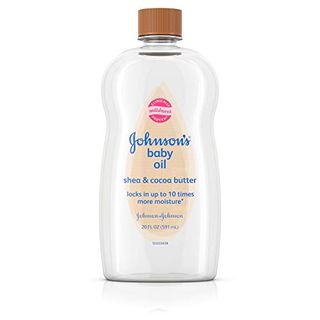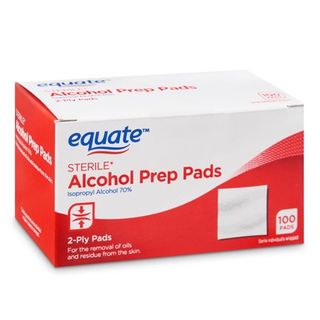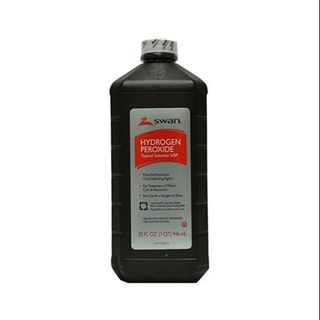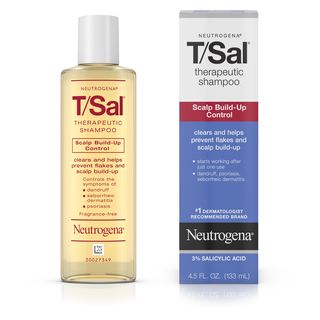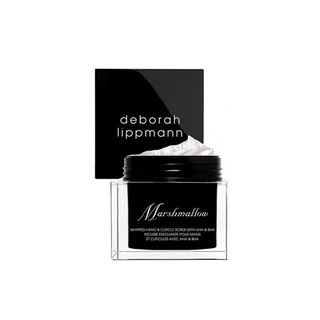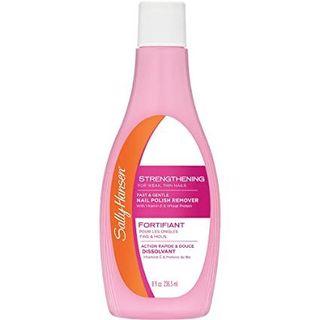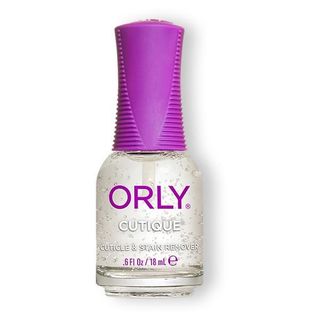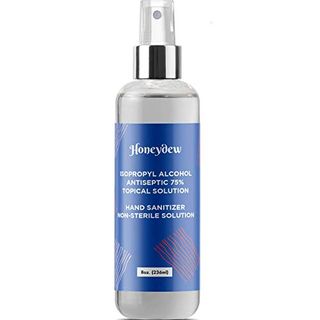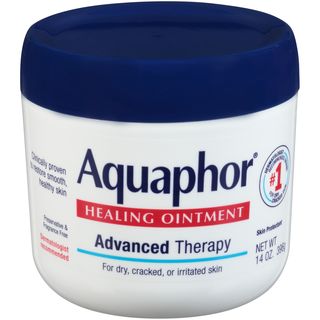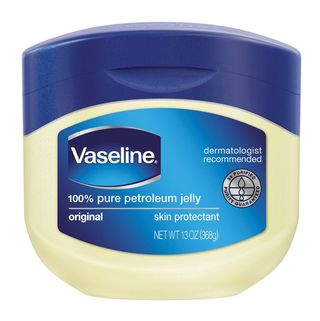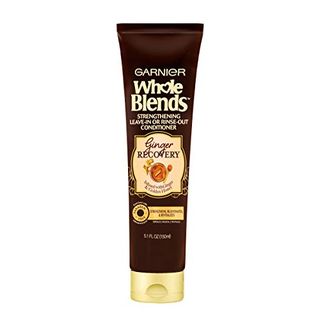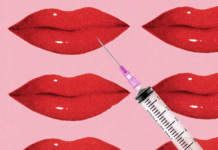Whether you’re coloring your hair at home or visiting a professional colorist at a salon, some hair dye can inevitably end up on your skin, whether it’s your forehead, ears, neck, or elsewhere. “The pigment in hair dye is designed to penetrate through the outer cuticle of the hair and remain there, infusing long-lasting color into the hair shaft,” explains Joshua Zeichner, M.D., Director of Cosmetic and Clinical Research at the Mount Sinai Hospital Department of Dermatology. “If exposed to the skin, it can also penetrate through its outer layer, causing a semi-permanent tint.”
Getting dye on your skin is, for the most part, annoying and unsightly, but in rare instances, “it can cause serious skin irritation or allergies,” Dr. Zeichner explains. Your skincare regimen can also be a culprit: “While all skin types are equally at risk for dye staining, if you are using topical retinoids or products like alpha- or beta-hydroxy acids, the skin may be more prone to irritation from the dye because it will more easily penetrate the exfoliated skin.”
Luckily, there are easy ways to remove (and prevent!) dye stains on your skin. “The sooner you can remove the hair dye from the skin, the better,” Dr. Zeichner advises. This prevents the dye from settling further into skin. Before your next hair color touch-up, study up on our experts’ tips to get rid of hair dye stains on specific areas:
How to get rid of dye stains on your face and along your hairline
“I recommend a simple non-soap cleanser and water,” such as the classic Dove Beauty Bar. Any kind of oil — such as coconut oil, baby oil, or argan oil — can also work as a cleanser to remove hair dye. Some beauty brands also offer products made specifically to remove hair dye stains from your skin, such as Framar’s Kolor Killer Wipes. They’re gentle on skin, but extremely effective for removing stains on your face, neck, and hands.
You can also look for products with chemically exfoliating ingredients, such as glycolic acid or salicylic acid. These ingredients will help shed your stained skin cells and bring new ones to the surface. That said, Nikki Ferrara, celebrity colorist and owner of Nikki Ferrara Hair Color in New York City, strongly advises against trying to remove dye on your face with a manual face scrub: “They can cause irritation and tear the skin,” she says.
If all else fails, “you can try using rubbing alcohol,” Dr. Zeichner says. “Apply it to a cotton ball or use a pre-moistened alcohol swab and gently rub it against the affected area, taking caution not to overly scrub the skin.” If you don’t have any rubbing alcohol in your cabinet, you can use hydrogen peroxide. It’s known to remove all kinds of stains, but it’s also safe to use on your skin in low concentrations (3% or lower).
How to remove hair dye from your scalp
Removing hair dye from your scalp can be tricky because you want to avoid stripping the fresh color from your newly dyed hair. To that end, you can try a gentle scalp scrub or a shampoo with light exfoliating ingredients once your skin has settled post-dye to avoid irritation.
If you opt for a product containing a hydroxy acid, such as Neutrogena T/Sal Therapeutic Shampoo with salicylic acid, be sure to limit your use to once or twice per week to prevent color fade.
How to get rid of dye stains on your hands and nails
Your hands more accustomed to wear-and-tear than your face and scalp, so you can employ more rigorous methods to get rid of dye stains on hands. One effective method: Washing your hands with a mixture of dish soap and baking soda. Since dish soap contains strong cleansing ingredients, be sure to rinse it off thoroughly and follow up with a hydrating hand cream.
If stubborn dye stains are still present after scrubbing, hand or body scrubs, nail polish removers, and even hand sanitizers are also great ways to help remove hair dye marks. For stained nail beds, cuticle removers will do the job as well.
How to prevent hair dye stains in the first place
Protect skin with an occlusive skincare product before any dye is applied. Smooth it onto the areas of skin dye most likely to come in contact with, like your hairline, the tops and backs of your ears, and the back of your neck. “An occlusive ointment like petroleum jelly does the job,” Dr. Zeichner says, who recommends Aquaphor Healing Ointment. Don’t have any petroleum jelly on-hand? No problem. “I apply a tiny bit of coconut oil around the hairline before applying color to stop any staining before it happens,” says Ferrara. “You can also use a heavy conditioner around the hairline.” A clear solid lip balm, like Burt’s Bees Beeswax Lip Balm, also glides on easily with no stickiness or mess.Be mindful of darker dyes. Ferrara says to be especially careful when applying dark brown and black shades as they stain more stubbornly and obviously. Wipe away dye as you go. Whether you’re dyeing your hair at home or getting in done in-salon, if you spot stray dye on your skin or hairline, wipe it away with a damp towel to prevent the stain from setting.Wear gloves! Unless you want your hands to match your hair, always be sure to wear protective gloves throughout the process.
Treat skin well after dye removal
Cleansers and alcohol can strip your skin of more than just the dye you’re trying to remove. “Especially after using rubbing alcohol on the skin, it is important to repair the skin barrier with a moisturizer,” Dr. Zeichner explains. “I recommend a petrolatum-based product, as it forms a protective seal over the skin, and the newest generation of these moisturizers come in light lotion formulations that won’t leave you feeling greasy.”
If the dye hasn’t totally disappeared, don’t worry — Dr. Zeichner assures that your skin won’t be tinted for as long as your hair will be. “The good news is that in time, as your skin cells naturally turnover, your skin will shed the pigment on its own within one to two weeks,” he says.























